The character of Spider-Man debuted in 1962 and has since appeared in 5,727 comic books, nine movies, and eight cartoon series. Unfortunately, however, some of the Spider-Man adaptations have failed to meet the expectations of even the most dedicated fans. So when Into the Spiderverse won an Oscar for Best Animated Feature Film, it set the bar for future Spider-Man movies. That being said, Spider-Man: Across the Spider-Verse not only meets that, but it jumps over it by delivering incredible storytelling, visually stunning scenes, and a remarkable soundtrack, making it the best Spider-Man title to ever grace the big and small screens.
The Story
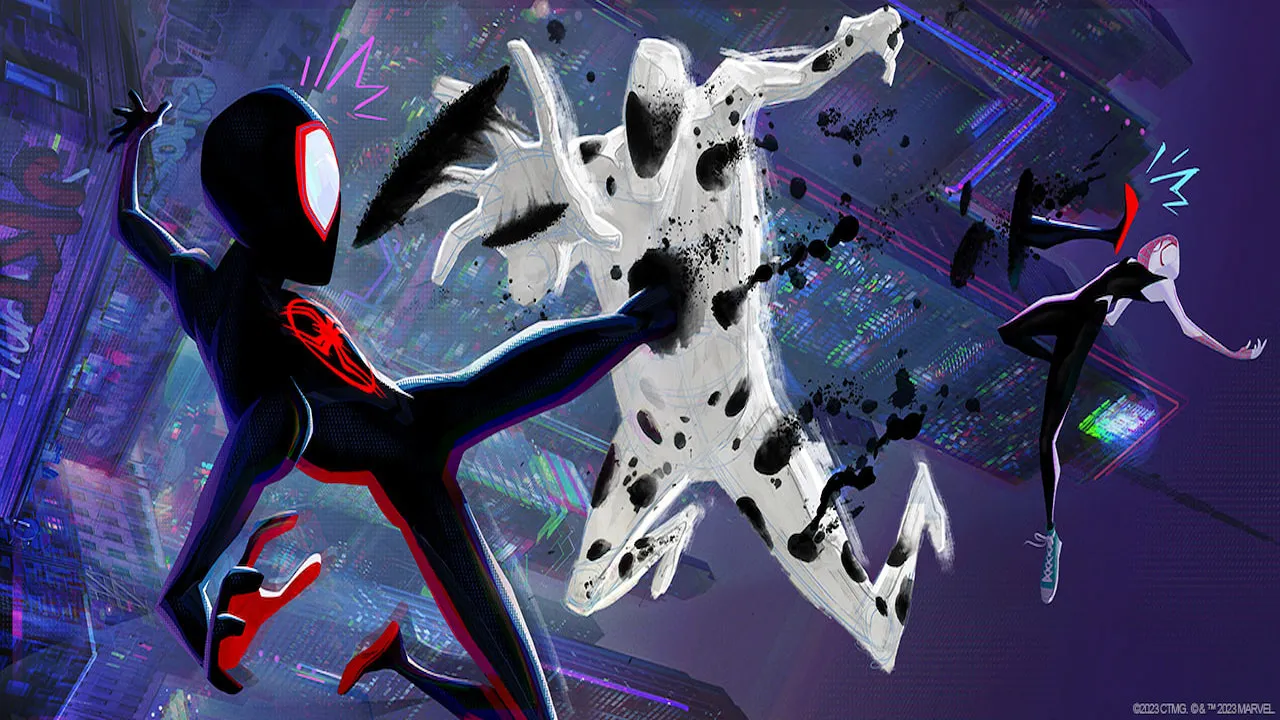
After reuniting with Gwen Stacy, Miles begins his journey through the Multiverse. Along the way, he meets the Spider-Society, led by Miguel, aka Spider-Man 2099, whose members are fellow Spider-Man variants from other universes. Their mission is to safeguard the multiverse from abnormal occurrences and ensure significant events, including Uncle Ben’s and Captain Stacy’s deaths, to occur as intended. However, the heroes’ disagreements arise when confronting a looming danger. As a result, Miles finds himself at odds with his fellow Spiders and must redefine his understanding of heroism to protect his loved ones.
The Animation Styles
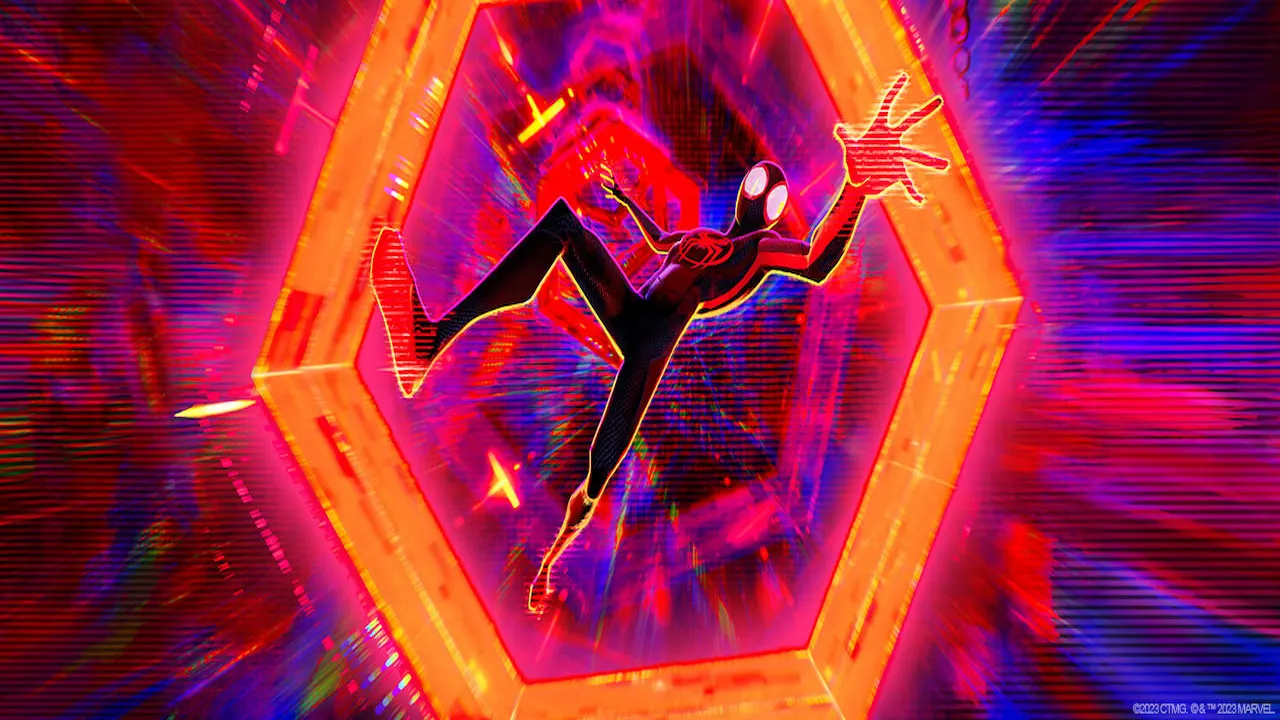
When comparing the animation style to the first film, Into the Spider-Verse, which only had one animation style that dominated the film, Across the Spider-Verse boasts six animation styles that are seamlessly integrated into the film. Despite the daunting task of executing so many styles, the creators were able to masterfully utilize the tools from the first movie and expand upon the lessons learned from their work on another animated film, The Mitchells Vs. the Machines, to deliver an animated film that leaves viewers in awe with each new environment. The multitude of animation styles serves the crucial purpose of aligning the movie’s style with the story and evoking emotions through the imagery.
The Score

The composer behind the score for Into the Spider-Verse, Daniel Pemberton, has once again produced an exceptional and varied soundtrack for Across the Spider-Verse. The score is remarkable for its wide-ranging selection of music, thoughtfully chosen to match the six animation styles.
For instance, Pemberton expertly adapted the music for Gwen’s world to complement watercolor drip visuals with music inspired by the ’90s and 2000s synth, indie pop, and grunge. Meanwhile, the music for Spider-Man 2099’s universe was crafted differently to suit its futuristic, gritty, and technological themes that make you feel a bit uneasy. Finally, our hero Miles’ world is much more influenced by hip-hop culture, and record scratching was one of the key elements used in the score for his universe. The changes in music to fit the different animation and art styles make you relate to the characters, their emotions, and their world, which is a compelling way to tell their story.
The soundtrack also features original tracks by Metro Boomin, who is recognized for his collaborations with popular artists such as Drake, Travis Scott, Future, and Young Thug. His contemporary hip-hop music style with a dark twist is an ideal match for the Spider-Verse, as it aligns well with themes of teenage turmoil, mortality, and overcoming adversity.
You Can’t Run Forever, Kid
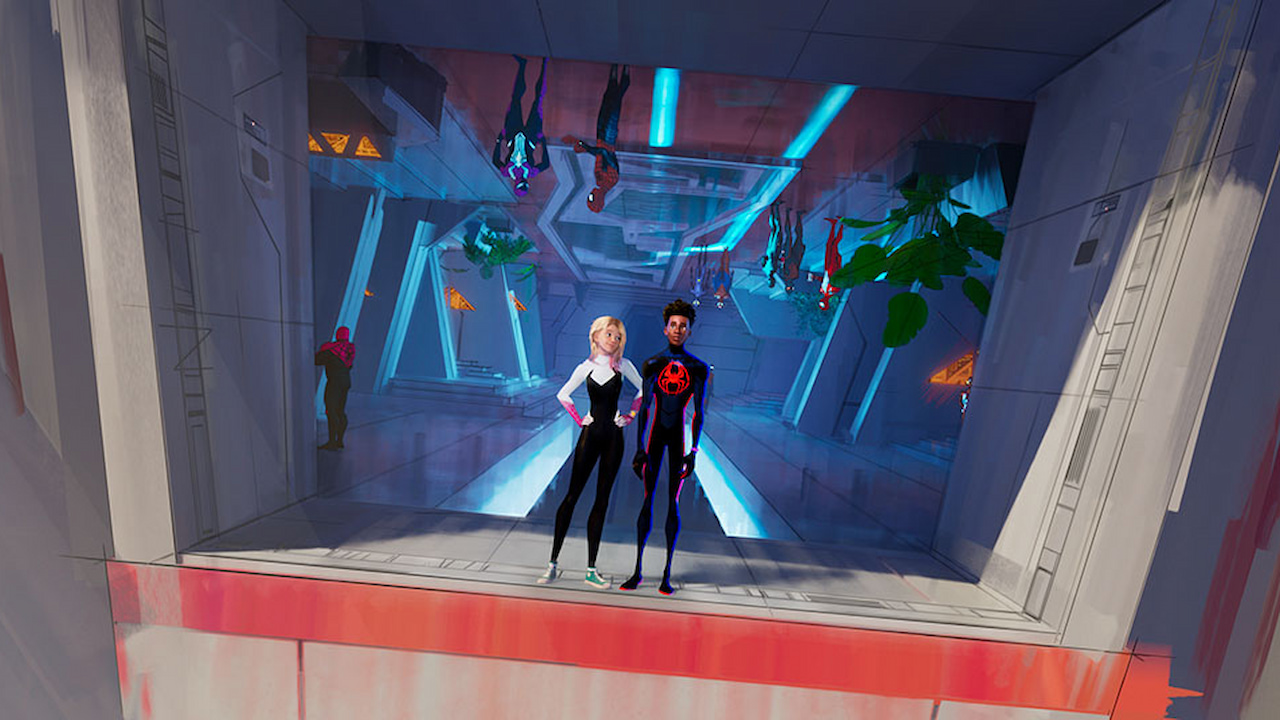
It’s a common trend among popular franchises to incorporate many characters and references in their films to pull in fans from multiple generations. Although this approach can be entertaining for fans, it can also lead to complications with the movie itself. For instance, Across the Spider-Verse displayed over 240 unique character models from six alternate universes, showcasing the franchise’s various Spider-Man and villain iterations. While this was a thrilling spectacle, it was also overwhelming to process while trying to watch the story unfold.
In addition, it feels like the third act of Across the Spider-Verse was shortened because of the way the climax and ending happen so abruptly when compared to other movies, such as Infinity War and Lord of the Rings: The Two Towers, both of which were used to set up the events in the concluding chapter, but in a natural way. The unexpected conclusion of the Into the Spider-Verse sequel was due to the studio’s decision to split it into two parts. The project’s expansive nature, involving an intricate score, varied animation styles, and collaboration with numerous filmmakers, directors, and producers, exceeded their original plans. Although I appreciate their efforts to create memorable films, the sudden ending was somewhat disconcerting.
The Verdict

Across the Spider-Verse has a strong chance of winning another Oscar for the Best Animated Feature because its captivating storyline, unique animation styles, and exceptional soundtrack make it one of the finest Spider-Man movies ever created. One of the reasons I prefer watching movies in cinemas is to share the emotions of fellow moviegoers. At the end of this film, most of the audience stood up and applauded, a rare occurrence that I couldn’t help but join in because of how enjoyable and emotionally engaging the movie was. While the abrupt ending to the film only slightly soured this experience, I wondered how the concluding chapter could outdo this hugely ambitious project making my Spidey-Senses tingle with excited anticipation of how Miles will save the day.


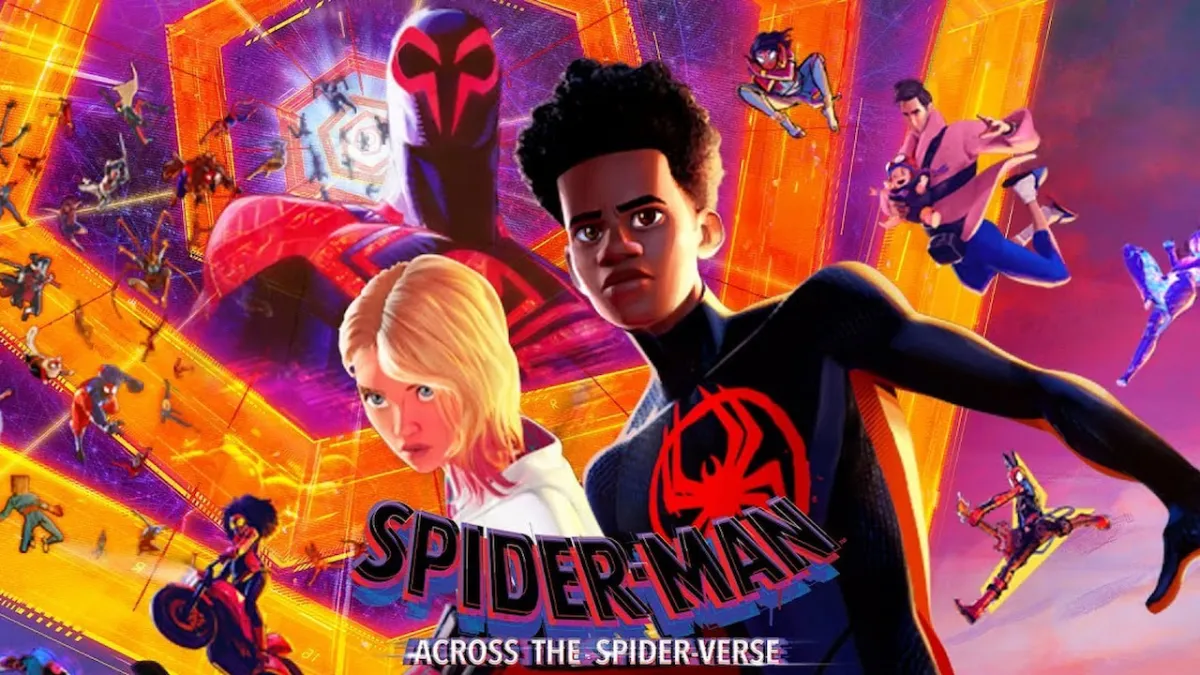







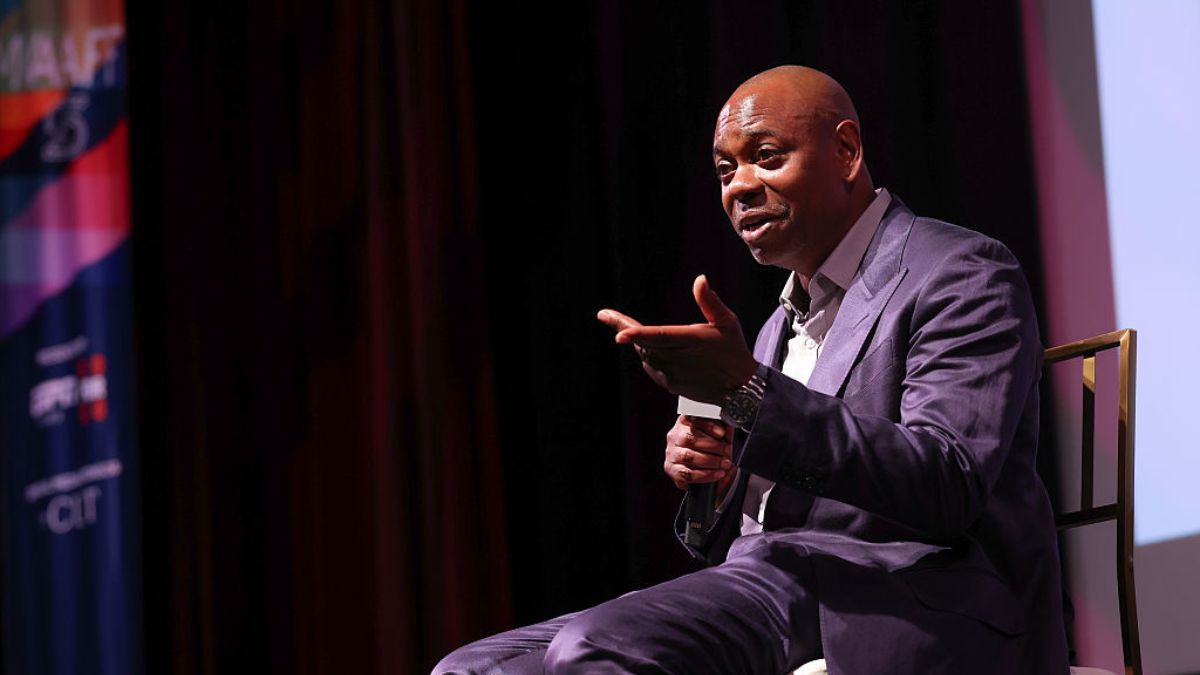

Published: Jun 1, 2023 12:38 pm